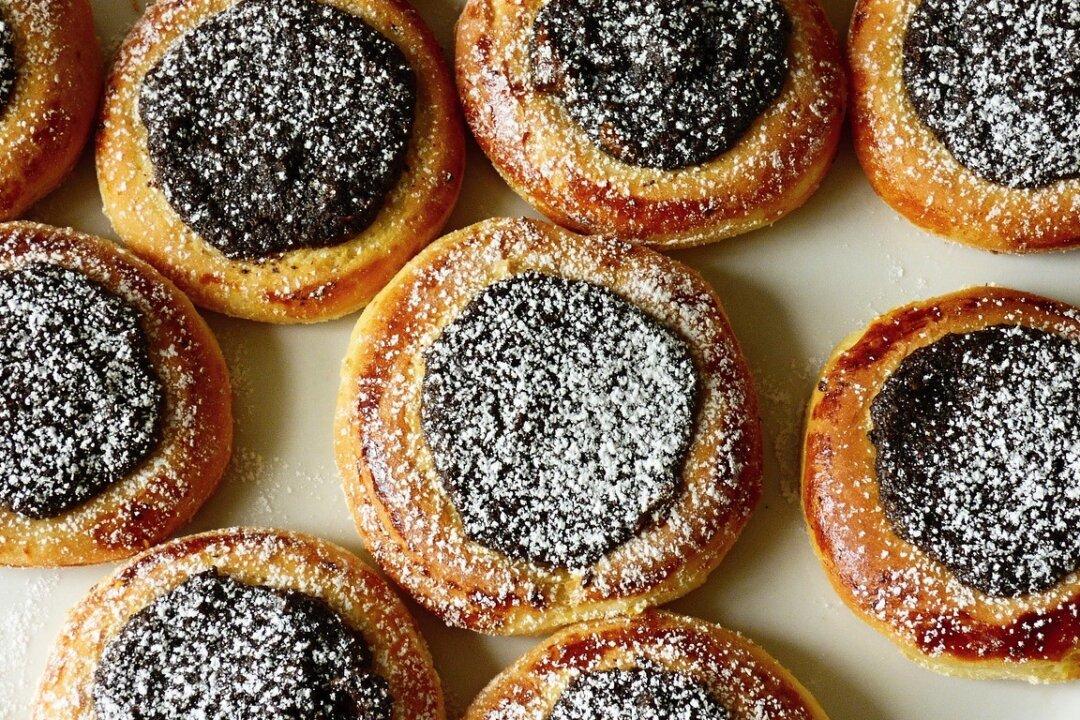As a kid, I loved when my Slovak grandmother would make kolache, round sweet-bread pastries with prune or poppy seed filling. Kolace are considered to be Czech, but deliciousness knows no borders, and the neighboring cultures picked them up—especially the Slovaks, whose similar language uses the same word. While in Czech a kolach (kolac) (KOH-lahch) is singular and kolache (kolace) (ko-LAH-chee) is plural, the latter is sometimes used in the United States as singular. So you may sometimes hear kolaches (ko-LAH-chees) for the plural of the word when stateside.
Say it as you will, but I had never heard any form of the term outside of our family and its Czech/Slovak enclave in the Wisconsin Northwoods. So when I lived for a year in Houston and found not just kolache for sale in bakeries, but kolache franchises (see Kolache Factory), I discovered our family’s little pastry was a regular movement. But what made Texas so kolache-friendly?





